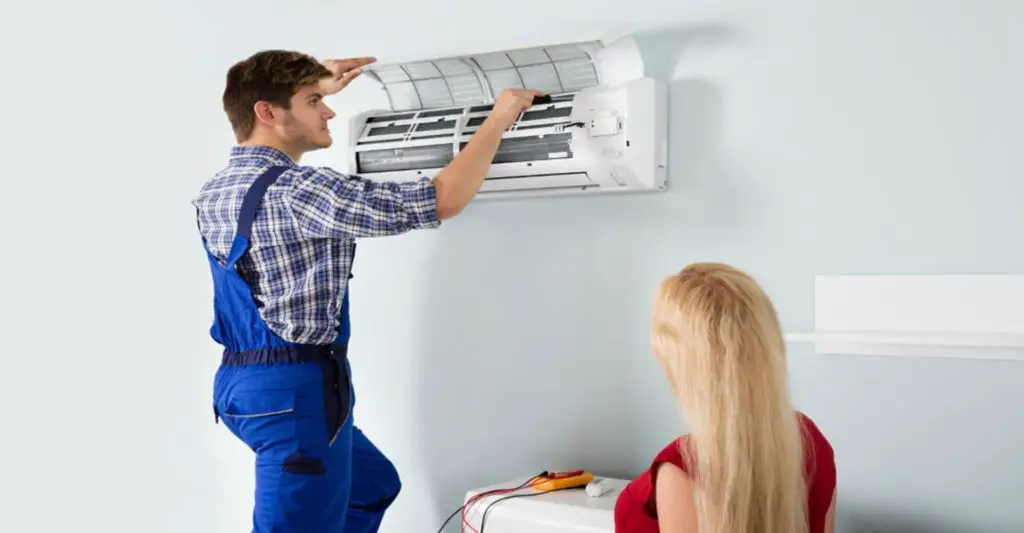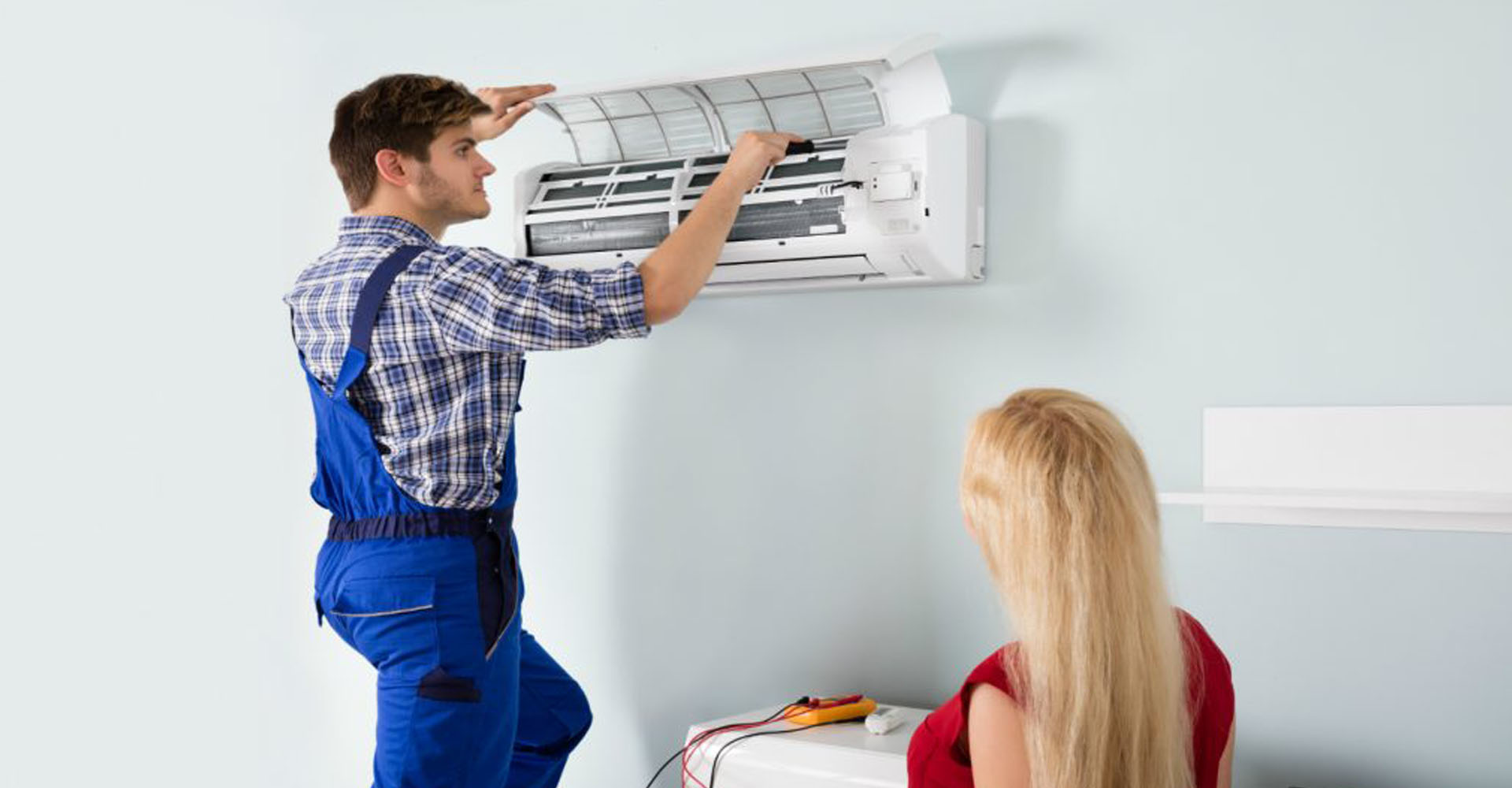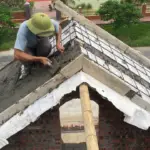One of the most common issues I encounter during the hot summer months is air conditioning problems. Today, I want to share with you a detailed breakdown of the top 10 most frequent air conditioning issues based on my extensive experience.

1. Bad Capacitor: The Silent Culprit
Among the numerous service calls I logged last year, 52 were due to a bad capacitor in the AC’s condenser unit. A bad capacitor can manifest in various ways—sometimes it visibly bulges or leaks dielectric grease, but often it appears perfectly fine yet fails to function. Capacitors, crucial for starting the AC’s motors, naturally degrade over time, hastened by factors like dirty condenser coils or clogged filters.
2. Low Refrigerant: A Sign of Trouble
The second most common issue, noted in 35 of my service calls, is low refrigerant. An AC system is a closed-loop system, meaning any loss of refrigerant indicates a leak. These leaks typically occur in the outdoor unit, the coil atop the furnace, or the joints connecting them. While refilling the refrigerant may temporarily restore cooling capacity, addressing the root cause—often corroded joints or damaged coils—is crucial to prevent recurrent leaks.
3. Plugged Condensate Drain: Sneaky Water Leaks
Water leaking around the furnace while the AC functions normally often points to a plugged condensate drain. This drain, responsible for removing excess moisture from the evaporator coil, can get clogged by algae, mold, or debris over time. Clearing the blockage, whether in the drain fitting or the hose itself, is essential to prevent water damage and maintain efficient AC operation.
4. Bad Control Board: The Central Nerve System
Issues with the AC’s control board, responsible for coordinating various functions like powering the outdoor unit and regulating fan speeds, accounted for 18 service calls. Symptoms range from erratic operation—such as simultaneous activation of the furnace and AC—to complete failure to power critical components, leading to frozen coils and inefficient cooling.
5. Burnt Out Condenser Fan Motor: Cooling Compromised
In 12 instances, homeowners reported their AC compressor running without the condenser fan, causing overheating and potential breaker trips. A burnt-out fan motor often manifests as a seized blade that resists manual rotation. Despite attempts to lubricate the motor, replacement is typically necessary to restore proper airflow and prevent further damage to the compressor.
6. Burnt Out Blower Motor: Furnace Complications
Similar to condenser fan issues, a burnt-out blower motor inside the furnace can lead to inadequate airflow and frozen coils. Symptoms include a burning smell or a humming noise from the motor. While capacitors can sometimes revive a dead motor temporarily, complete replacement is often the best solution to ensure reliable operation and prevent recurrent breakdowns.
7. Compressor Shorted to Ground: Serious Power Issues
AC breakers repeatedly tripping can indicate a compressor shorted to ground, a severe internal fault requiring immediate attention. Checking for shorted windings against the compressor casing helps diagnose this issue, which necessitates compressor replacement due to the potential for irreparable damage.
8. Dirty Furnace Filter: Airflow Obstruction
Overlooking furnace filter changes can severely restrict airflow, leading to frozen coils and inefficient cooling. In extreme cases, the filter can be sucked into the blower motor, causing additional complications. Regular filter replacements, ideally every few months, are essential to maintain optimal AC performance and prevent avoidable breakdowns.
Like Us on Facebook!
9. Tripped AC Breaker: Investigating Electrical Faults
While some breaker trips may be minor nuisances, recurring incidents signal underlying issues like shorted wires or compressor problems. Thorough inspection by a qualified technician is necessary to identify and address the root cause to avoid potential hazards and ensure long-term AC reliability.
Subscribe Us on YouTube!
10. Unit Low on Refrigerant: Persistent Leak Concerns
A complete loss of refrigerant, observed in multiple cases, typically indicates a significant leak that requires immediate attention. Temporary refills may offer short-term relief, but addressing the leak source—often the A-coil atop the furnace—ensures sustainable cooling performance and prevents environmental impact from refrigerant leaks.
Additional Common Issues
Beyond the top 10, I encountered several other notable AC issues:
- Accidentally turned off furnace switches.
- Blown AC disconnect fuses.
- Fully plugged evaporator coils.
- Restricted metering devices.
- Cracked fan blades.
- Malfunctioning thermostats or dead thermostat batteries.
Uncommon but Notable Issues
Although rare, certain issues can significantly impact AC performance and require specific expertise:
- Faulty high-pressure switches.
- Defective transformers.
- Faulty door switches.
- Acts of vandalism causing severe damage.
These insights offer a comprehensive overview of the challenges homeowners face with their air conditioning systems. By understanding these common issues and their implications, homeowners can take proactive steps to maintain their AC systems or seek professional assistance when needed.
For homeowners grappling with recurring air conditioning problems, timely intervention and professional air conditioning repair services are paramount. Issues like bad capacitors, low refrigerant levels, and clogged condensate drains not only compromise cooling efficiency but can lead to costly repairs if neglected. Regular maintenance, including cleaning condenser coils and replacing filters, can mitigate many common issues. However, for complex issues such as compressor failures or electrical malfunctions, seeking assistance from qualified technicians ensures thorough diagnosis and effective repairs. Addressing these issues promptly not only restores comfort but also extends the lifespan of your AC system, making proactive air conditioning repair a wise investment in home comfort and energy efficiency




















